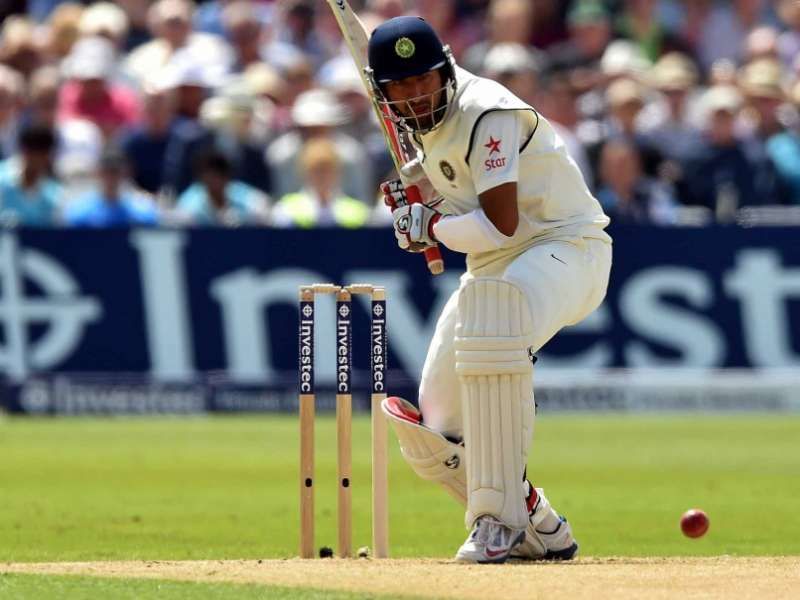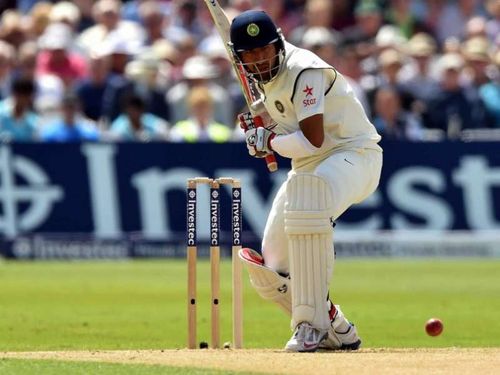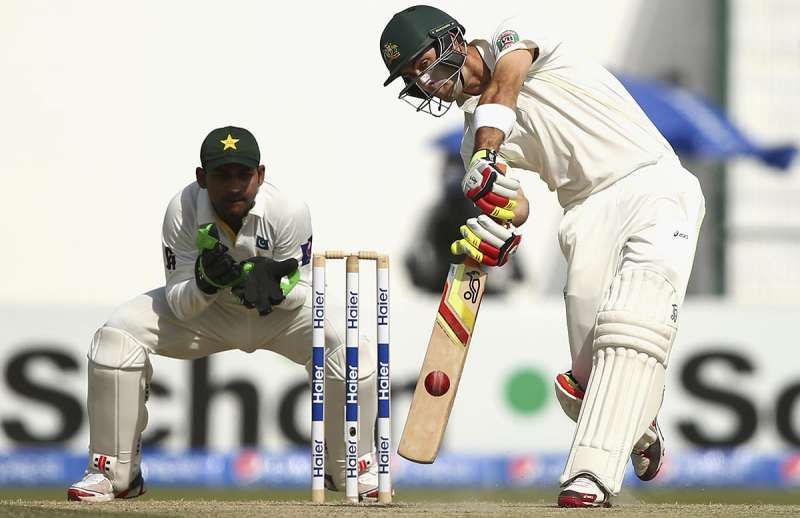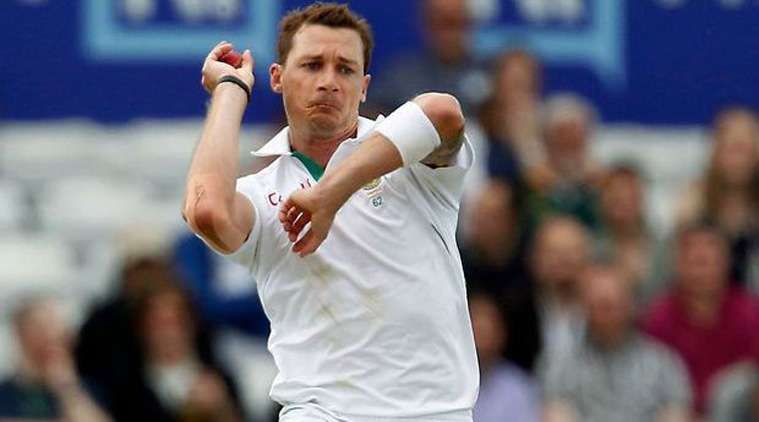
Why the emphasis on strike-rate in Test cricket is not justified
Cricket has sprinted its way into prodigious chops and changes in the last decade and a half. From crowds barging into the pitch to police protection and barricades, cricket has evolved significantly. Ambling along at a speed of a 2G networked SIM is not the way to surge forward for survival. Innovations have been instrumental in the game’s stride forward to streamlining with the rigours, involving the dynamics of the sport.
There was indeed a time during 1975 when Sunil Gavaskar’s 36 runs from 174 balls in an ODI at a strike rate of 20 was tried hard to be forgiven, coercing in permutations and combinations. 41 years later, a strike rate of 33, albeit astonishingly, doesn’t quite cement your prospects in the national Test team. Cheteshwar Pujara’s exeunt from the third Test of the West Indies tour was attributed by nothing, but ultra-slow performances with the willow.
Glowing deviations in striking competence
Remixed versions of evergreen songs are preferred nowadays, but not the old classical styles. It’s like serving old wine in a brand new trendy glass. Batting in Tests has been pretty identical. Gone are those days when batsman made the pitch a territory of their own, refusing to move an inch.
Batting in Tests has gathered pace, especially in the last decade or so. The strike rate is growing in stature to keep the oppositions in check. It’s undoubtedly crucial, but a reason not solid enough to make or break a Test career.
It’s of high importance in the game’s oldest format, but doesn’t deserve to be top priority. Anil Kumble was well within his rights to justify his comments regarding strike rate being a statistics for the bowlers in Test cricket. The advent of T20 cricket has made players focus on acceleration in cricket.
The urge of staying put on the wicket isn’t quite the same as it used to be till the early 2000s. Batsman’s arsenal has been garnished with innovative strokes and the itch to show them off even in Test cricket has proliferated.
Evidence- A Lie Detector
Number three position in Test cricket is a specialist position and historically has been assigned to a handful of legendary batsmen. All it requires is to take the sheen off the ball and also off bowlers. They generally set a platform for the upcoming batsmen to take forward the scoring.
Cheteshwar Pujara has been pretty much up to his task, but yet unfairly got dropped due to a poor strike rate. The following are the strike rates of recent batsmen who have been absolute gems in that position in Tests:
Rahul Dravid: 42.51 (run rate: 2.55)
Ricky Ponting: 58.72 (run rate: 3.52)
Jacques Kallis: 45.97 (run rate: 2.76)
Hashim Amla: 50.24 (run rate: 3.01)
If thoughts are creeping in about the non-number three’s requisite of playing aggressive cricket, then I believe statistics may disagree to some extent. Here’s are a list of those cricketers who never had intimidating strike-rates, yet racking up runs at will.
Alastair Cook: 47.01 (run rate: 2.82)
Shivnarine Chanderpaul: 43.31 (run rate: 2.60)
Mahela Jayawardena: 51.45 (run rate: 3.09)
Michael Clarke: 55.32 (run rate: 3.35)
The above-mentioned players are by no means mugs with the bat. They are also a product of the T-20 hyped generation. Yet, they can be taken as benchmarks for success in Test cricket. Question marks were never raised on their class and most importantly, their ability to rise to the needs of the team.
Strike rate in Tests has been debated in the last few days or so and a bit of statistical insight will only help the cause. Now taking strike rate as the prominent element, here’s a list of batsmen with impactful strike rates, along with their averages.
Shahid Afridi: Strike Rate- 66.5 (run rate 4.00) Average: 36.51
Glenn Maxwell: Strike Rate- 70.17 (run rate: 4.21) Average: 13.33
The above explanation is a palpable manifestation of the fact that strike rate hardly plays the dictating role in Tests. And also, going at a low strike rate doesn’t throw light on the batsman’s inability. Rahul Dravid hasn’t earned respect for no reason.
Unless and until, one possess flair like Adam Gilchrist, Virender Sehwag or David Warner, it’s a risky business to turn aggressive in Tests. Strike rate in Test cricket has received far more emphasis in the recent times and it’s been over-rated.
Strike with the ball instead
Test cricket was always about running through the defence of the batsman by the bowlers. When a batsman throws away his wicket via a loose stroke, it’s often deemed less to be a bowler’s wicket and more to be a brain-fade of the batsman.
The emphasis of strike rate should be as per the difficulty of skills. In T20 and ODIs batsmen go hammer and tongs due to which chances of dishing out wickets whisk up. As a result strike rate of a bowler isn’t full proof. On the contrary, batsmen have to score big and hence their strike rate count. Test cricket is exactly the opposite.
It will be more advantageous to the game if the prominence of strike rate is shifted from the willow to the ball in Test cricket. ODI’s and T20’s are there for glorifying batting strike rates. Somewhere along the corner, with the Pink ball and the mounting relevance of batting strike rate, Test cricket is losing its sanctity and it will be a shame if it pans out this way.


